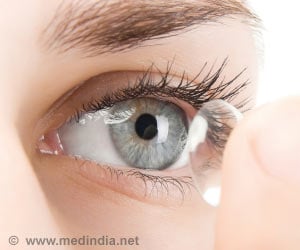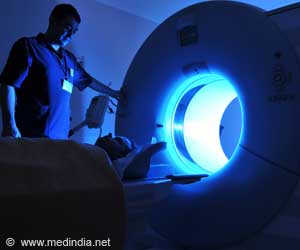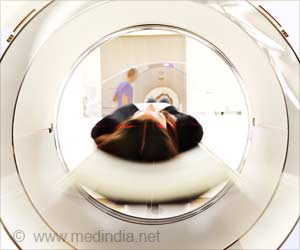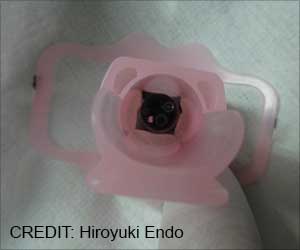Night-vision contact lenses that use infrared spectrum and visible ultraviolet light may soon be possible, say researchers.
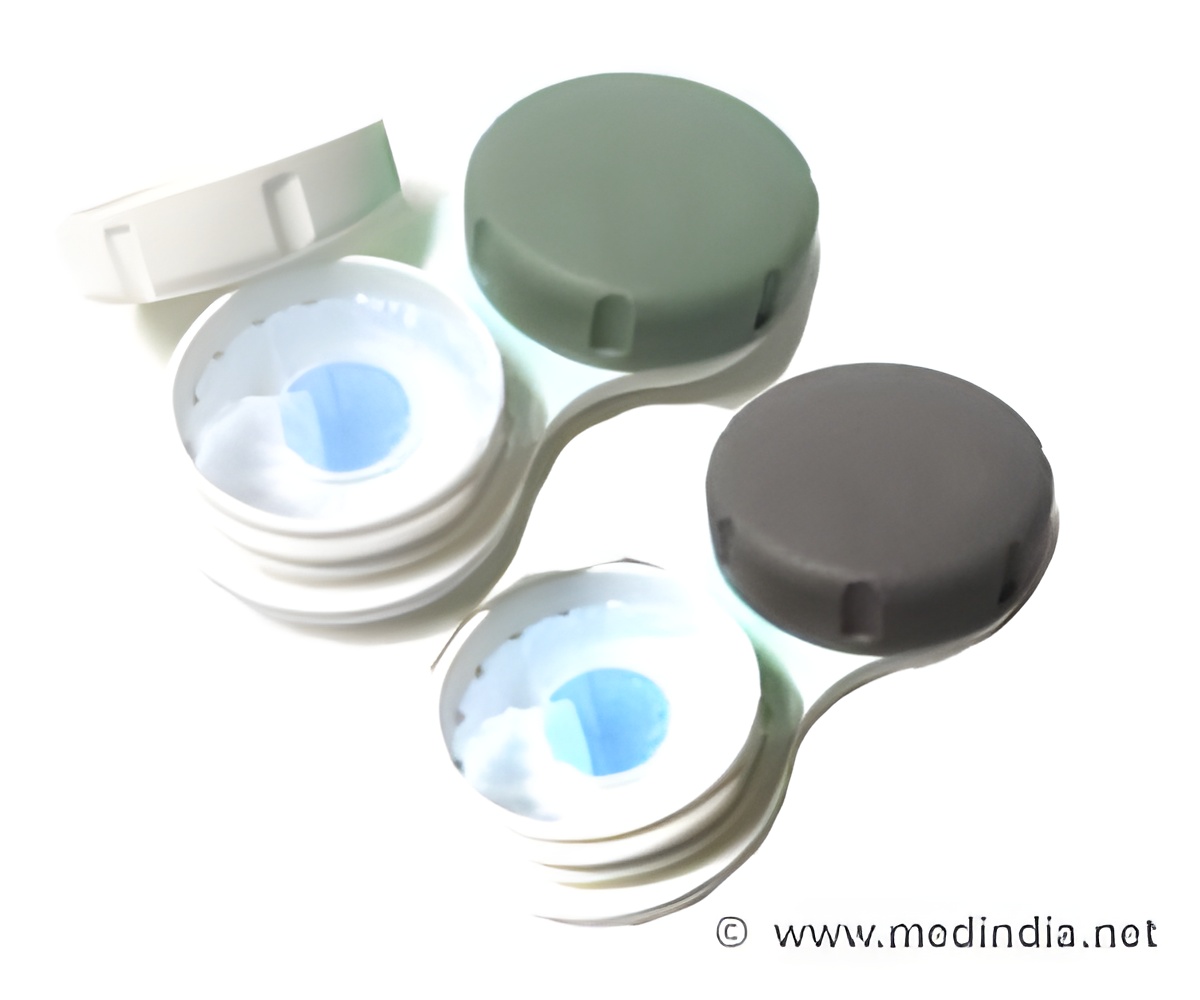
Zhong added that it can be stacked on a contact lens or integrated with a cell phone.
Current night vision technology needs bulky cooling equipment to stop the detectors getting confused by their own heat radiation, but the graphene-based models can do the same job using just a few layers of the atom-thick material.
The most effective night vision technology works by capturing the infrared portion of the light spectrum - this is the part that is emitted as heat by objects, instead of reflected as light.
Zhong suggests that the infrared-capturing graphene lenses could therefore be used for more than just night vision.
The technology could help doctors monitor blood flow without having to move a patient or subject them to any scans, or be used by art historians to examine layers of paint underneath the surface. It's not quite X-ray vision but it's pretty damn close.
Advertisements



